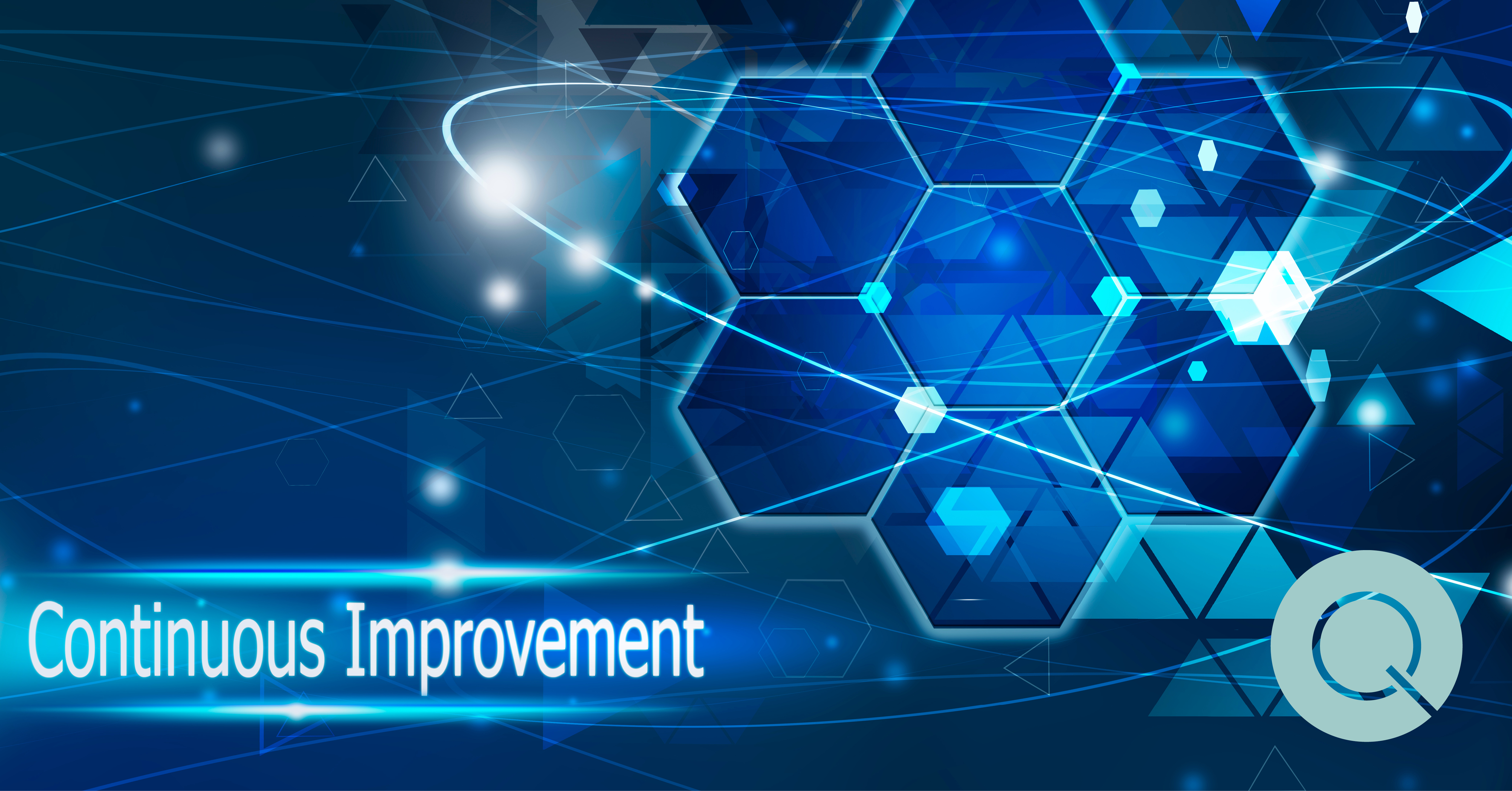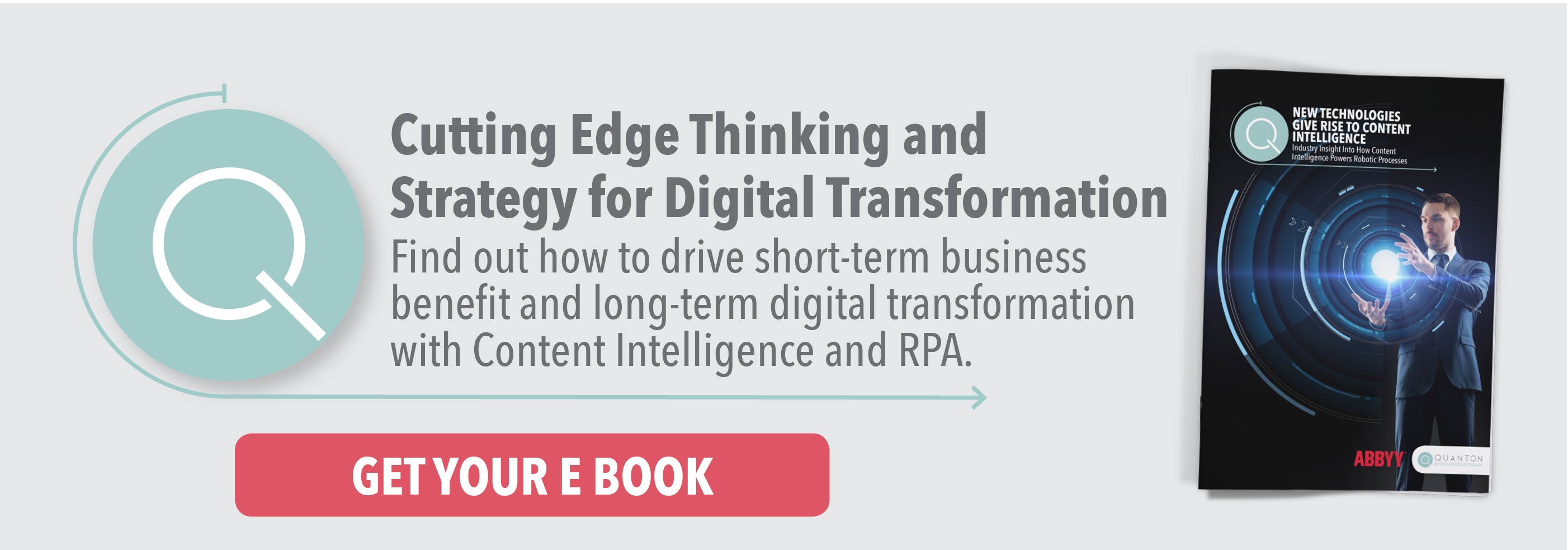
Last week I attended DX2019 as a sponsor and speaker. My own talk focused on how businesses can couple short-term benefit with long-term transformation and how Robotic Process Automation can be scaled with Natural Language Processing and Machine Learning, a topic which is captured in a white paper by ABBYY, New Technologies Give Rise to Content Intelligence. The paper focuses on how content intelligence will power the future of Robotic Process Automation.
Throughout the day I made a point to drop in on talks from several other amazing people including Roxanne Salton (Mercury Energy), Tom Cochran (Former Digital Leader – Obama Administration) and Luke Longney (Vodafone NZ).
Reflecting on their talks, I wanted to share the lessons I gleaned from these speakers, that they have learned from their own digital transformation journeys.
Key Learning #1
The biggest impediment to change is not technology, but the unwillingness of people to change.
One of my key learnings working with organisations to establish successful automation programmes is that in the end, 10% of success is dependent on technology — the remaining 90% of success links directly to how organisations manage change.
A point succinctly made by Tom Cochran when he said, “The success of transformative change will be determined by the people you have and the culture of your organisation.”
The key for businesses, therefore, is to start with your people and engage them on the journey.
Key Learning #2
Empower People.
Another interesting idea presented by Tom was that senior leaders are looking for superheroes. Every other person in the organisation is looking for someone they can trust.
The opportunity for any person wanting to lead change is first to earn the respect and trust of people who work with you.
The key is to link the change to the outcomes people are trying to achieve. Partner with people and enable them to be great. Give them air cover and space to do what they need to do. Give your people the tools they need to be successful.
Above all, remember “you can do great with people, but nothing without them.”
Key Learning #3
Shift the focus from the process to the outcome and the results.
On almost a daily basis I hear organisations talk about their desire for change, yet their actions don’t reflect their words. One of my observations is that enterprises are constrained by their processes.
By virtue of the systems we work within we too quickly become focused on the process we are working within, and the tasks that we think must be done, without clearly linking our actions, efforts and choices to the outcome we are trying to achieve.
How much of our people’s effort is indeed spent on the outcomes we want to achieve?
The opportunity is to clearly link output to outcomes. Output only matters if it directly links to outcomes and results. Our conversations frequently focus on what ‘has’ to be done. What would happen if we started focusing our discussion on what we want to achieve?
The notion from Luke Longney is to be prepared to work outside the bounds of the process. Don’t break the law or be unethical but never be afraid to break the rules.
Sometimes the best way to improve it is to break it first.

Key Learning #4
Focus on Minimum Viable Product (MVP).
Many organisations today operate on a project-based methodology, which is limiting the success and rate of progress organisations can achieve in today's environment.
Tom claimed that 92% of I.T. projects over US$1M fail and Luke referred to average projects in Vodafone running from 9-18 months.
The key message: Get it out quickly – or someone else will. Don’t aim for perfection; aim for something that works. Once it is out there is the time to iterate and focus on continuous improvement. While in this case, the reference was implicitly relating to external customer features, I believe this is equally relevant to internal operating models.
This approach also considerably decreases the risk. Mistakes in a short period have a low cost. Errors over a long period have a high price.
Key Learning #5
Change the way you work.
This lesson could easily be seen as the second side of the same coin for lesson number three; I have, however, chosen to state them separately.
In traditional organisational structures, we often start from the perspective of determining who the stakeholders are and necessarily where responsibility and accountability sit for various elements – working with bureaucracy.
Taking this approach, people derive value from being part of a process but are not necessarily adding value to an outcome.
What if organisations started from the perspective of the minimum viable number of people to add value and achieve an outcome?
Tom Cochran restricted teams to six members, choosing six as an arbitrary number. Vodafone NZ is running agile squads with nine members.
The message from Luke quite clearly was to redefine roles and focus on cross-skilling to make everything possible.
For the better part, my comments here have referred to how we structure our people; however this point especially extends exponentially beyond this scope to how we think, act and behave.
Key Learning #6
Digital Transformation is not static.
As the saying goes, the only constant in this world is change, and this has never been truer.
Digital transformation is not an action you complete and ‘tick a box’. It’s a continuous journey of improvement, driven by the ever-changing needs and increasing demands of consumers.
I did like one point made by Luke, which was that change (about customer experience) is not changing at the rate of technological capability, it occurs at the speed of the best digital experience available.
Organisations who stop evolving risk quickly losing relevance.

Key Learning #7
Digital transformation is an endurance event, not a sprint.
The title says it all. Play the long game.

Key Learning #8
You Can’t Fake It.
Digital experiences, both external and internally facing are entirely transparent. It is working, or it is not, the value is delivered, or it is not, the experience is real or it is false.
Organisations will live or die by the digital experience that internal and external users have.
Digital is transparent. Using one of many sports analogy Luke aptly said you have either done time or you haven’t. If you haven’t trained for the marathon, you will be exposed on race day. Moreover, there’s nothing you can do to hide it.
Key Learning #9
Be Clear on the why and understand the appetite for change.
I only had the opportunity to hear the first-half of Roxanne Salton's talk; however, I think she addressed an interesting point.
It could be argued that one of the main reasons innovative leaders fail to drive digital transformation agendas successfully is because the organisation lacks the appetite.
The solution then is simple. Understand the appetite for change before you start. Get very clear on why the change is required – this is the determinant of hunger. Moreover, focus on this issue to build trust around how digital transformation can serve your business.
Talking about digital transformation is easy. The challenge for every organisation is to build a commitment to doing, which will only come with the correct level of appetite.
Key Learning #10
Measure Success by Best In Class.

This lesson is another gem which came from Roxanne. I have heard it before in other contexts, and it’s one of those basic rules which I think will always stand the test of time and be relevant.
Success can be measured in many ways. If you want to achieve real transformation, do not measure success based on incremental internal changes, nor within your category or necessarily your market.
Measure success based on the best in breed globally – this is what sets your customers expectations.
Increasingly geographical boundaries are not a limitation for commerce – especially for digital-based platforms like Amazon (retail), Uber (transport), Airbnb (accommodation) and any other you can think of.
While of these platforms may lack any competitive relevance to your business – it is the best experiences available, in any sector that your customer has access to, which is setting their expectation.
Certainly, understand where you stand in your sector and your market. The real opportunity, however, is to measure your digital transformation and experience you offer relative to the best in breed in market.


